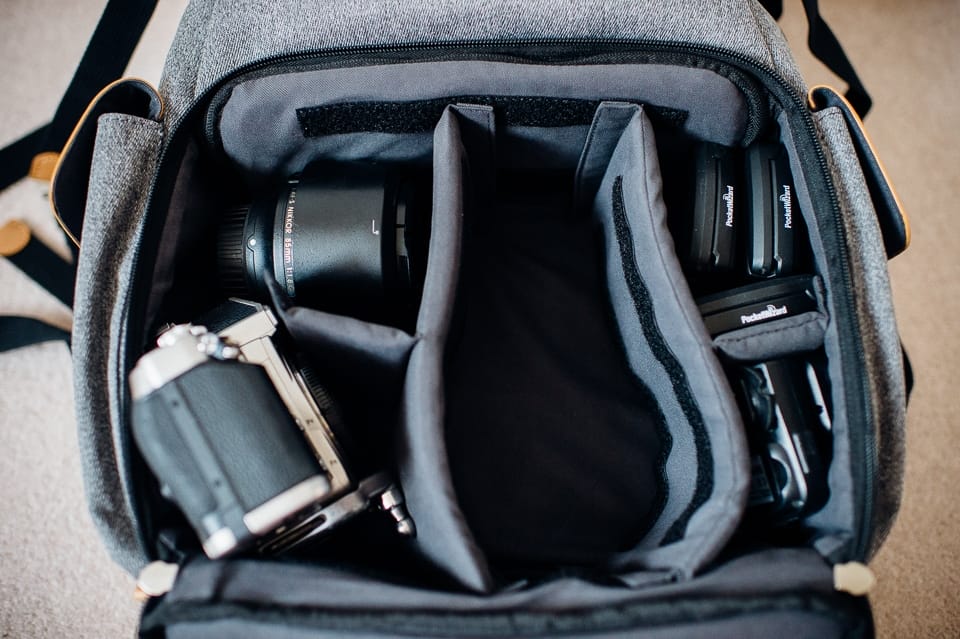How to Protect Camera from Rain with Plastic Bag: An Exclusive Guide
Professional photographers often face the daunting challenge of preserving their beloved gear amid unpredictable weather. A sudden downpour can ruin not just a photoshoot, but your expensive equipment as well. How to protect camera from rain with a plastic bag is a life-saving hack every shutterbug should master. This detailed article will guide you through the best practices for safeguarding your camera from rain using a plastic bag, a small but mighty protection tool.

Why Protecting Your Camera from Rain Matters
As professional photographers, you know that water and electronics are mortal enemies. A drop of water seeping into your camera can cause irreversible damage such as short-circuiting, lens fungal growth, or corrosion in the sensor.
Immediate and Long-Term Damage
Water exposure can instantly damage your camera's internal circuits. Think about the long-term consequences too corrosion and mold can jeopardize the intricate mechanics and optics over time. Its crucial to keep your camera dry to ensure its longevity and maintain performance.

Essential Supplies for Rain Protection
While the market is flooded with rain covers, a simple plastic bag offers an effective, budget-friendly solution. Heres what you need:
- Sturdy Plastic Bags (preferably Ziploc)
- Rubber Bands or Hair Ties
- Scissors or Craft Knife
- Packing Tape
- Absorbent Cloth
Selecting the Right Plastic Bag
Not all plastic bags are created equal. Choose sturdy, transparent plastic bags to ensure good visibility. Ziploc bags are a popular choice among photographers due to their sealing capability and durability.

Step-by-Step Guide to Protecting Your Camera
Follow these steps for a foolproof way to protect your camera using a plastic bag:
Step 1: Prep the Plastic Bag
Start by preparing the plastic bag. Ensure its clean and dry. Cut a hole that's slightly smaller than your camera lens diameter in one corner of the bag. The hole should be snug to prevent water from seeping in.
Step 2: Insert the Camera
Gently slide your camera through the hole, lens-first, until the entire lens protrudes. Use rubber bands or hair ties to secure the plastic around the lens, ensuring a tight seal.
Step 3: Seal the Bag
Secure the bag around the camera body using packing tape. Make sure to leave enough room to access buttons and dials. The goal is to maintain functionality while keeping the gear dry.
Step 4: Double Protection
For added protection, insert absorbent cloths inside the bag to keep moisture at bay. A desiccant pouch can also be a valuable addition for humidity control.

Practical Tips and Tricks
While the steps mentioned above provide basic cover, here are some additional tips to ensure your camera stays dry.
Use Lens Hood
A lens hood can prevent rain drops from landing on the lens, allowing clearer shots even under light rain. It's a simple yet highly effective tool every photographer should utilize.
Keep an Umbrella Handy
An umbrella not only protects you but also your camera. In outdoor shoots, have an assistant hold an umbrella over you and your gear.
Always Test Your Setup
Before stepping out into the rain, always test your protective setup in a controlled environment. An ounce of prevention is worth a pound of cure.
Additional Tips for Camera Protection
Choose High-Quality Gear
If your budget allows, investing in weather-resistant camera gear can be a smart decision for professionals. Brands like Canon, Nikon, and Sony offer models with sealed bodies to withstand harsh conditions.
For more detailed guidance on selecting the right camera, read this comprehensive article.
Mobile Shooting Expense
Protecting your camera should extend beyond just rain. Choose a robust, padded camera bag to ensure its safe during transit. Here's a helpful guide on getting the most out of your camera bag.
Desiccants for Humidity Control
To counter moisture build-up, keep desiccant pouches in your camera bag. These little packets absorb excess humidity, keeping your camera and lenses dry.
FAQs
1. Can I rely solely on plastic bags for long-term protection?
Answer: While plastic bags offer temporary shielding, investing in weather-sealed gear and professional rain covers is recommended for long-term use.
2. Will a rain cover affect my shooting quality?
Answer: Properly fitted, a rain cover should not interfere with your shooting quality. It might take some adjustment, but maintaining functionality is possible.
3. What should I do if my camera gets wet?
Answer: If your camera gets wet, turn it off immediately, remove the battery, and dry it with an absorbent cloth. Seek professional help if required.
For a deeper dive into professional photography tips, visit this link.
As an Amazon Associate, I earn from qualifying purchases.
As an Amazon Associate, I earn from qualifying purchases.

